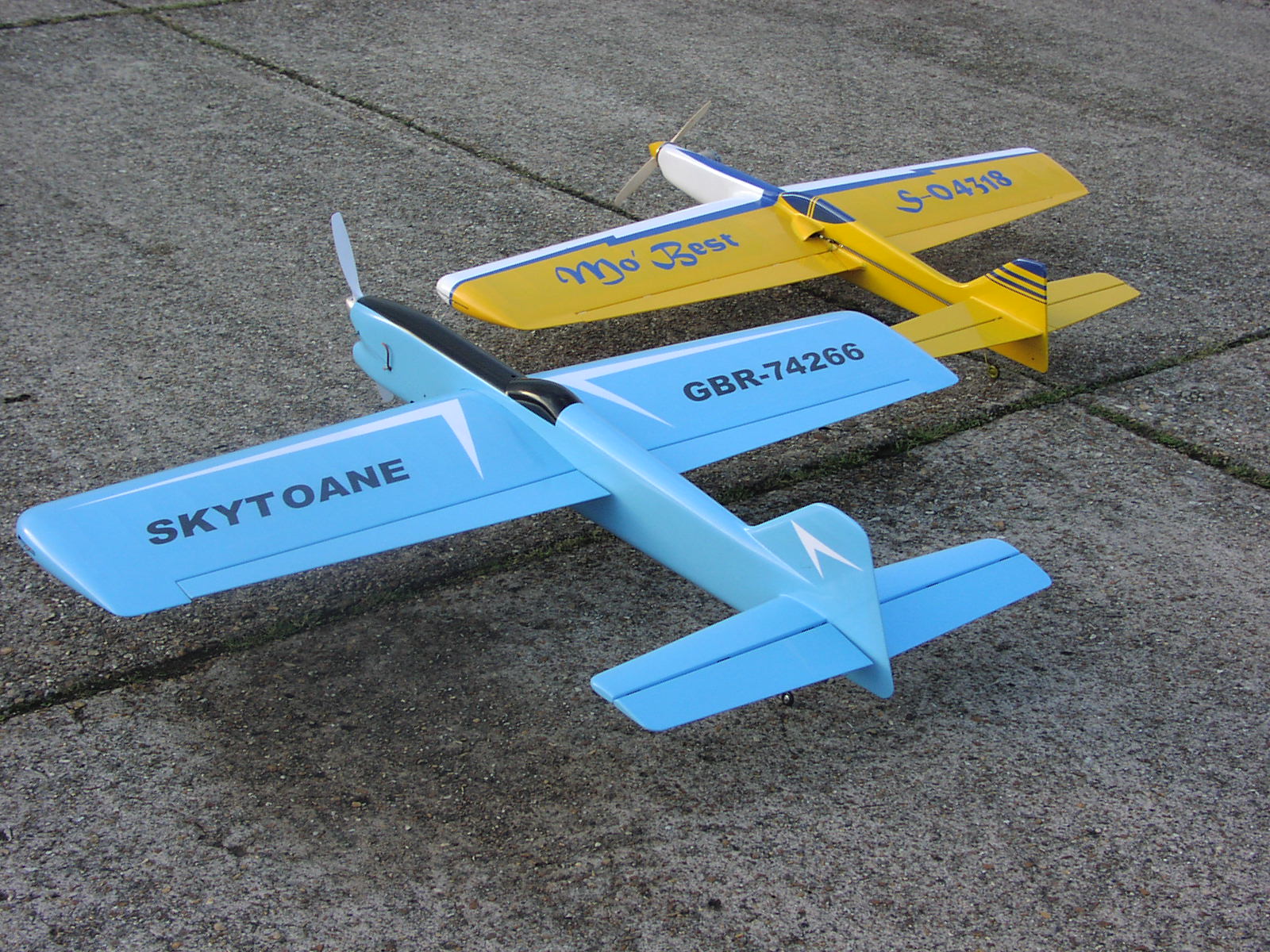|
Jig to make the gudgeon pin circlips. Sorry the picture is not sharp I may try to get a better picture later - the jig is quite small!. It is a short turned diameter - trial and error to get the right diameter so that the clip is the right diameter when it is in the relaxed condition. The wire Brian uses is Ø0.4mm. The slot in the end is 0.3mm deep so that the wire can be clamped into it by the pad on the tailstock. The edge the wire bend round as it leaves the slot is radiused to ensure that there is not a stressed part of the clip that might break off as it would do a lot of damage if it did. |
The tailstock with a pad fitted on a rotating centre holds the Ø0.4mm wire into the 0.3mm deep groove while the chuck is rotated by hand nearly 2 revs to allow for the unwind. the second turn is on the chuck side of the first wind not over the top of the first wind as that causes a small kink in the clip. |









